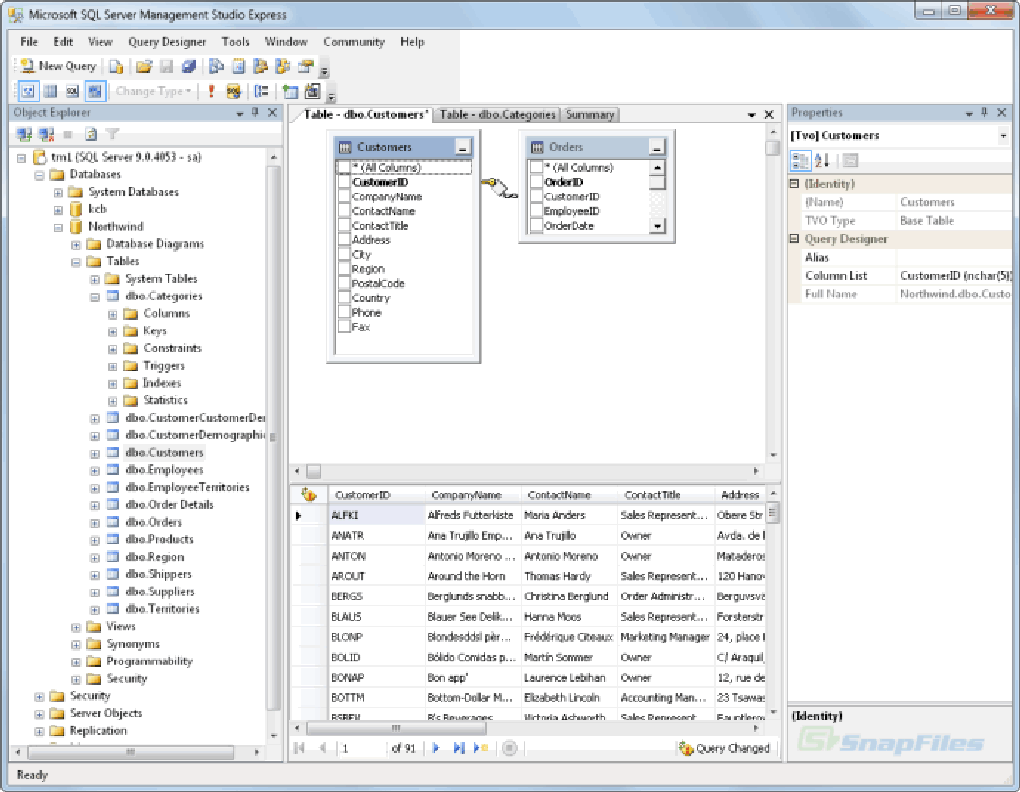
Right clicking will display a context menu where you can select the Script As option.

The Object Explorer Details window will show all of the available objects allowing you to select multiple objects. Now use Object Explorer to expand a database then navigate to one of the nodes like Tables, Stored Procedure or Views. To script multiple objects you need to use the View menu to open the Object Explorer Details window. But not everyone realizes that you can also script multiple object at once. Script multiple objects by using the Object Explorer Details - Scripting objects like tables and stored procedures is one of the handiest features in SSMS.CTRL + I – Display the incremental search dialog.CTRL + SHIFT + Q– Display the query designer.CTRL + L - Display the query execution plan.



SSMS Registered Servers enable these details to be entered just once and reused every time you open up SSMS. Speed up your server connections with Registered Servers - If you have a lot of servers re-entering the connection information in Object Explorer every time you start SSMS can be time consuming.In this article, I’ll show you ten tips that you can use to get more out of SSMS. However, while everyone knows the basics of how to use SSMS to navigate through database objects as well as write and run queries there’s a lot of other functionality that’s built into SSMS that you might have missed. There’s no doubt that SQL Server Management Studio (SSMS) is the SQL Server DBA’s best friend and most frequently used tool.


 0 kommentar(er)
0 kommentar(er)
